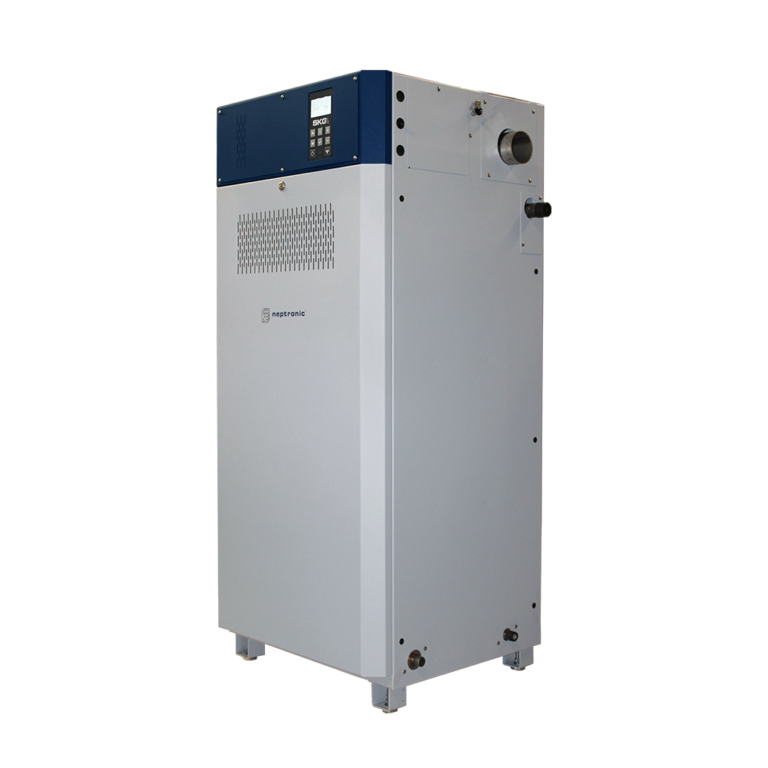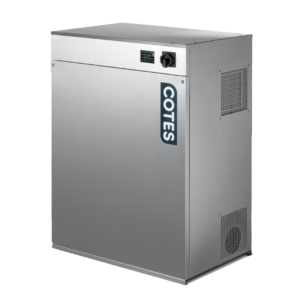You might think that when it comes to humidity solutions, it’s all out of the box machines installed into different buildings. Sure, there are some complications, but mostly it’s pretty straightforward, right?
Wrong.
At Humidity Solutions, every single one of our installations has been custom designed to meet client requirements. Depending on what type of business they are, their location, the products or services they are providing, and even the type of building they’re in. Each element needs to be painstakingly planned to match the needs of the client, which is why we ask so many questions before we put pen to paper. To help you understand what kind of humidity solution you might need, and how we work that our, we’ve pulled together some of the questions we ask our customers when designing the specs for their humidification systems.
- What Level Of Humidity Is Required, And How Much Can It Fluctuate?
This is perhaps the most important question we ask, since different uses will need different levels of humidity control. For example, if we’re fitting a HVAC system for an office environment, then humidity levels between 40% and 60% relative humidity are perfectly fine – since this will keep people comfortable and keep static build-up down. But if we were looking at a manufacturing plant, then the level of humidity required would probably be much more specific, with much less room for fluctuation. For instance, printers need to control their relative humidity to between 50% and 60%, while textile manufacturers require 65%-75% for optimum performance. An ideal museum environment is between 45%-55% RH, but with a daily fluctuation limit of +3 to protect exhibits. Pharmaceutical manufacturers need to keep fluctuations even tighter, around +2, to prevent wasted product. By understanding the level of humidification and fluctuations you need, we can spec a system that has higher or lower speed responses, or tighter controls.
- How Long Will The System Be Running, And When Can It Be Shut Down
Some humidification solutions will only need to be run during set times of the day, like production times, while others will need to be running 24/7. This simple fact will change the number of humidifiers you need, along with where they are placed and what type they are. A critical humidification that needs to be constantly delivering a stable level of humidity needs to be able to cope with long running times, and must have standby humidifiers to take over the load when the main unit needs to be shut down for maintenance.
- How Important Are Running Costs?
There are many different types of humidifier, all of which incur different running costs, so understanding your budget and your environmental influences is important when choosing the right system for you. For example, some steam systems can use considerably more energy than more efficient evaporative humidifiers, and cost more in maintenance and spare parts. So while the purchase cost for a steam system might be lower, the ongoing costs can be higher, which should be factored into your decision.
- What Quality Water Is Being Used?
When it comes to humidity, water quality and maintenance requirements are heavily linked. Poorer water quality leads to more minerals being left behind in the humidifier once the water has boiled or evaporated, which in turn costs more to deal with. So if you are in an area with low-quality water, then a water treatment solution might also need to be included in the design.
- What Evaporation Distance Is Required?
For humidifiers providing moisture to ducts or to AHU systems, the humidifier needs to be able to evaporate the moisture into the air stream before it meets any physical obstacles, like duct corners. If it doesn’t, there will be a build-up of condensation in pipes, and this can cause its own set of problems. Depending on the distance evaporation is needed to travel, you may need to have specialist steam lances installed, or opt for a humidifier model with instant evaporation.
- Where Do The Humidifiers Need To Be?
The positioning of the humidifiers within your building is also an important factor in deciding the spec. After all, you might find that not all areas of your building need humidity solutions, or if they do, they have different requirements. You may have an office space on an upper level of the building that requires one RH level, and a manufacturing plant on the lower flows that require another. This means the placement of your humidifiers will also change the solution chosen, and how it’s installed.
At Humidity Solutions we offer a variety of humidification and dehumidification equipment and solutions, all tailor made to suit your company’s needs. We specialise in humidity solutions for industrial manufacturing, commercial, food & beverage, health & leisure, conservation, and even residential solutions. With our help, you can simply and effectively alter the air quality, temperature and humidity of your environment to achieve optimum comfort. For more information on our solutions, or to ask us about humidity control in your organisation, just get in touch with the team at Humidity Solutions today.

